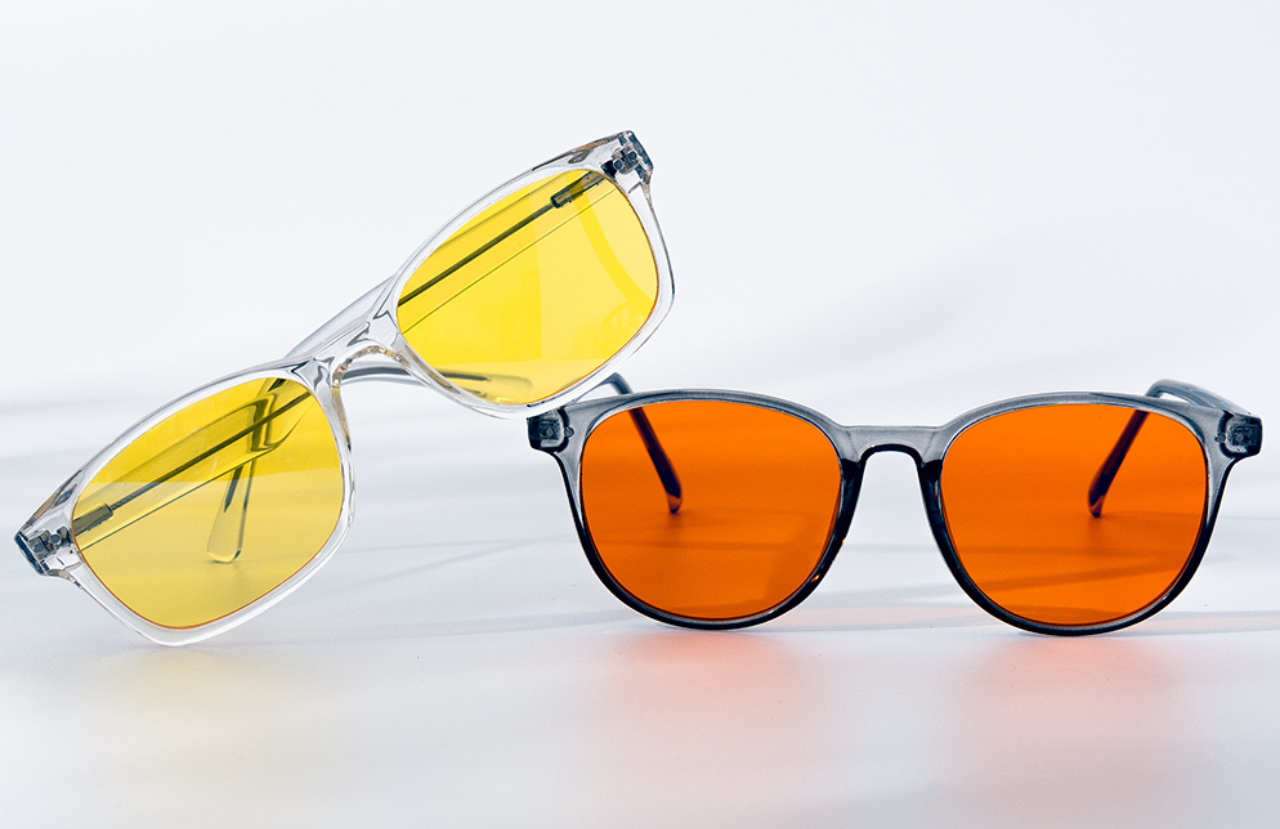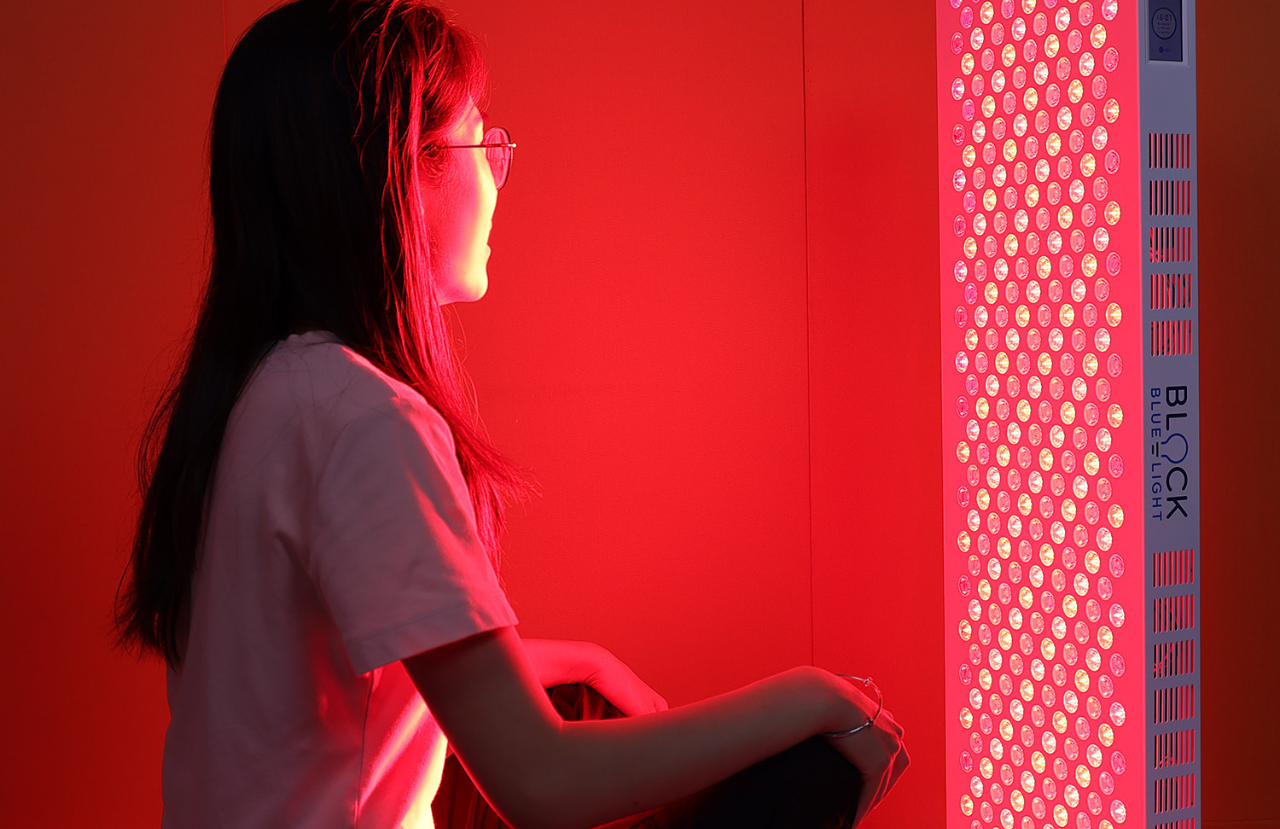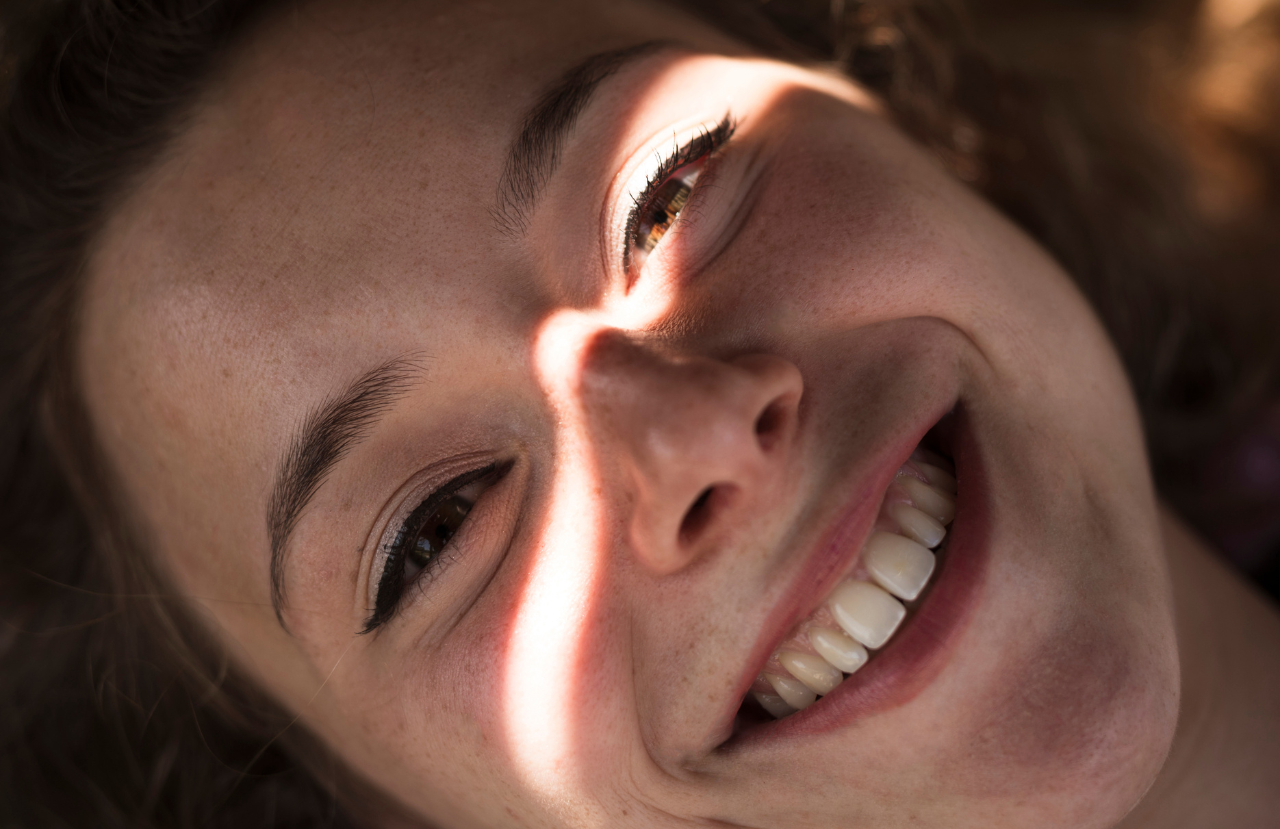Do blue light glasses look different?
You probably know what blue light glasses are- glasses with special lenses that filter the harmful blue light wavelengths. However, before buying a pair for yourself, you're probably wondering, 'Do blue light glasses look different?' 'Will blue light glasses make me look funny?' or, will my blue light glasses distort the colour of the objects around me?'
This article will discuss whether you can distinguish blue light glasses from regular ones. We'll also shed light on the different types of blue blockers and the change in your vision you can expect with them.
Let's break down the two types of blue light glasses and discuss if they look different;
- Daytime blue light blockers and; (clear lens or yellow lens)
- Nighttime blue light blockers (orange lens or red lens)
Do daytime blue light glasses look different?
Blue light glasses crafted for daytime either have clear lenses or a subtle yellow tint. The clear ones are for everybody - even kids who use tablets and mobiles frequently should wear them. It's impossible to tell clear blue light and regular prescription glasses apart from the naked eye. You'll look like you're wearing a normal pair of glasses. However, if you hold the lens up to the light, you'll see a slight bluish sheen. The sheen comes from the special layer on the lens that filters blue light.
Yellow-tint glasses give extra protection for those suffering from severe migraines, digital eyestrain, watery/itchy eyes, etc. They're the best option for gamers or people who use screens 8+ hours a day. You can tell them apart because of the yellow lens.
The glass, frame, size and weight of blue light glasses are identical to regular glasses. They don't feel bulky like goggles. The only difference is the colour of the lens.
Do nighttime blue light glasses look different?
Nighttime glasses re your go-to solution for blocking 100% of blue light after the sun sets. There are two main types: amber tints and red tints.
Do blue light lenses look different?
Whether blue light lenses look different depends on the manufacturer. Our blue light lenses are manufactured from optical grade C-39 to ensure they're lightweight and slim, like regular prescription lenses. They also have an anti-glare coating and a scratch-resistant layer. Note: Glare is the reflection on your lens from other light sources. If you've worn a pair of spectacles, you'll know how irritating glare can get. Sometimes you have to squint or change your head's angle to see an object because of glare, bright lights and halos. Our lenses also have a special 'hydrophobic' surface treatment which repels water. This prevents water droplets from forming and keeps the lens squeaky clean. However, all glasses don't have this treatment, so check beforehand to avoid nasty surprises.
Do blue light lenses change screen colour?
Whether blue light lenses alter your vision's colour depends on the lens type.
Do transparent blue light glasses change screen colour?
Clear blue light lenses don't change screen colour. Because they filter 50% of the blue light spectrum, the other 50% is visible. Thus you'll be able to see blue objects clearly, with their original colour. All other colours will remain unchanged. When working with a white background (such as a white computer screen), you will notice a veryyy slight warm tint making the page appear off-white instead of white.
Do tinted blue light glasses change screen colour?
Yes, tinted blue light lenses change screen colour, whether red, yellow or orange. Tinted lenses filter 50-100% of blue light. Since they block blue light rays, blue colours appear darker. With red lenses, blue objects appear black. Green things are also slightly darker. Blue light glasses can't protect your eyes without causing a slight change in your vision. This ties in with nature.
At sunset, do objects appear darker? Do things have an orange/yellow glow? The mellowness in the surroundings calm us and prepare our brain for sleep. Bright modern lights and screens go against nature by shining bright lights after dark, thus mimicking daytime. Tinted glasses reset the balance and allow you to work on projects after dark without compromising your sleep!
If you want to try blue light glasses but are still determining if you'll adapt to them, the good news is, we offer a 30-days full refund guarantee. Most customers report getting used to the change within three days. Try a pair for yourself and see the difference they bring!
Fun fact: I'm wearing a pair of blue blockers while writing this. And they're fantastic!

Picking the Right Blue Light Glasses:
Not all blue light glasses are made equal! With a plethora of options online, it's easy to end up with a pair that doesn't make a noticeable difference. The key lies in the lenses and their ability to filter the correct wavelengths of blue light.
Here's your checklist before grabbing a pair of blue blockers:
Choose Your Lens Colour:
The lens colour depends on whether you're buying glasses for day or night.Day glasses are clear or yellow and have a mild filter, while night glasses are red or amber and have a strong filter. Read our lens colour guide to determine which lens you need.
Ask for a Transmittance Spectrum Report:
This scientifically accurate report showcases the wavelengths filtered by a lens. It measures the light passing through and displays the data. Look for the percentage of blue light filtered in the 300-500 nm range. For daytime glasses, ensure it's at least 50%, or you won't notice much difference.
- Day Blue Light Glasses Report:
Confirm that the 300-500 nm range is filtered by a minimum of 50% for daytime glasses. Anything less won't give you the desired effects.
- Night Blue Light Glasses Report:
Night glasses should block 100% of blue light in the 300-550 nm range, including turquoise light. Recent studies show that turquoise light affects melatonin production and sleep quality. Any compromise on this, and you won't reap the benefits.
Protect Against 425nm Peak Wavelength:
Most damage occurs around the 425nm range. BlockBlueLight's glasses have a special pigment ensuring protection in this critical zone.
Remember, health is paramount, and the light entering your eyes influences various aspects, from eyesight to hormones, mood, appetite, and sleep. Do thorough research and opt for prescription glasses backed by science.
At BlockBlueLight, we prioritize your well-being. Our products undergo individual testing with a lab-grade spectrophotometer, and you can find the detailed reports attached to the product descriptions.
Questions lingering? Check our FAQs or dive into our blog for comprehensive answers!
FAQs
Do you see different with blue light glasses?
Clear/transparent lens blue light glasses don't change the colour of screens or objects when you look through them. While red, yellow and amber-tinted glasses give your view a slight coloured tinge. The colour change is necessary to block the blue light wavelengths. The change may bother you initially, but most customers report getting used to it.
What does it look like to look through blue light glasses?
Daytime blue light glasses (the ones with clear lenses) feel and look just like regular glasses. When you look through them, you see just as you usually would, and there's no change in colours. On the other hand, red, amber and yellow-tinted glasses give a red, amber and yellow tint to your surroundings. The change may bother you initially, but most of our customers report that they get used to it and even enjoy it!
Do all blue light glasses have a blue tint?
Blue light glasses with clear lenses look just like regular glasses. When you wear them, your sight remains unchanged. If you hold the pair up to the light, you can see a bluish sheen, but it's invisible otherwise.
Do blue light glasses look clear?
Blue-blocking lenses look clear- just like regular glasses. The only difference is; if you hold the lens up to the light, you'll see a slight bluish sheen. The sheen comes from the layer on the lens that filters blue light.
Do blue light glasses distort colour?
Clear blue light filter glasses have non-tinted lenses and do not alter colour perception. They are perfect for wearing during the day since they allow you to get natural blue light. With yellow, amber and red-tinted glasses, you'll see a slight difference in colour because the wavelengths of blue objects are filtered. With red-tinted glasses, your view will have a slightly red tinge, and blue things will appear very dark or black. You'll see an amber and yellow tinge with amber and yellow glasses, respectively.







